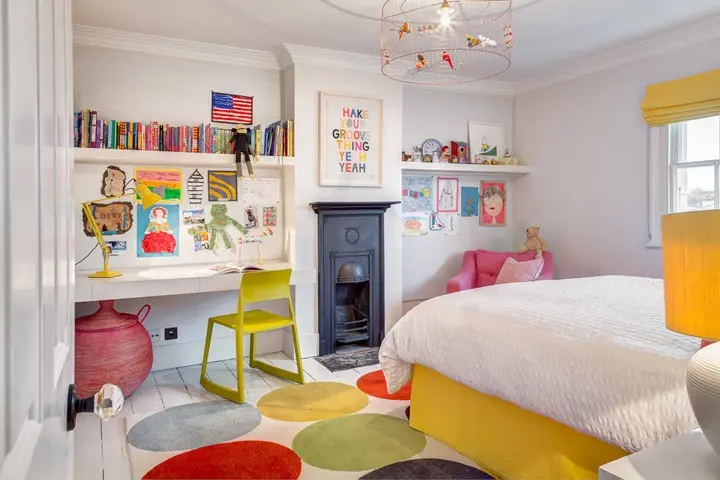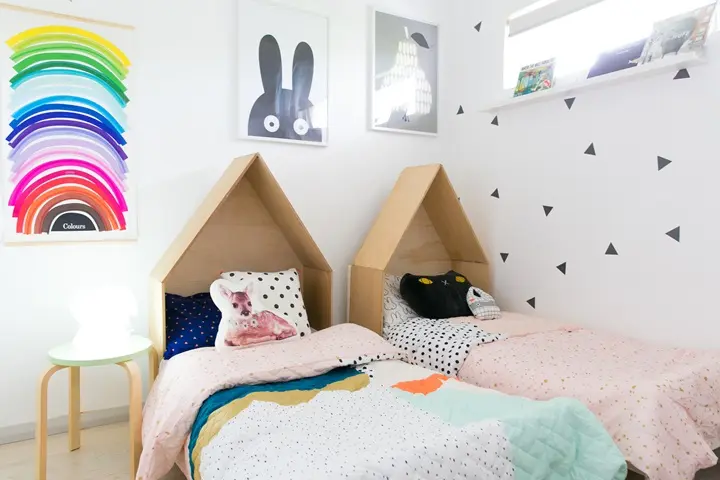Kids’ beds are their safe, cosy corners where they not only sleep but also spend most of their downtime. So, it’s quite important to create a nice, comfortable retreat for them that feels inviting and ensures a good night’s sleep. The bedding you select is more than just picking a cute, fun design, although that’s high on the list. A quality bedding can make the difference between restful nights and constant waking up, which is not good for anyone in the family.
The Basics: What You Actually Need

Let’s start with the basics. Most kids are happy with a fitted sheet, a flat sheet (although some parents skip this for young children), a pillowcase, and a comforter or duvet. Good childrens bedding stores have all of these items. Don't forget a mattress protector. Kids get messy, and accidents happen more often than we'd like to admit.
The key is to have at least two of each. While one set is in the washer, you'll have a spare to fall back on. There's nothing worse than waking up to a middle-of-the-night change of sheets and realising you don't have clean bedding.
What Fabric is Best for Kids’ Bedding?
Cotton is your ally when it comes to children's bedding. It's comfortable, breathable, and gets better with each wash. Choose 100% cotton or cotton blends – they can withstand regular washing and are gentle on sensitive skin.
Percale cotton is ideal for kids who tend to sleep hot, as it's light and breathable. Jersey knit sheets are as comfortable as a t-shirt and are super stretchy, which makes them suitable for restless sleepers who toss and turn during the night.
Avoid synthetic materials like polyester for main bedding items. They are not so breathable and tend to make the children sweaty and hot. But microfiber can work well as a budget-friendly option for extra sets.
Size It Up: Getting the Fit Just Right
Double-check that you are buying the correct size for your child's bed. A sheet that's too small will keep popping off corners, and a sheet that's too big will bunch up and be uncomfortable. Before you hit the local childrens bedding stores, measure the depth of the mattress as well. Some mattresses for kids are thicker, and you want to have sheets with pockets that are deep enough to stay in place. Most regular sheets will do for mattresses 12 inches thick but check the description to make sure.
Design and Colour: Keep It Fun but Don’t Go Overboard
Children enjoy bedding that is a reflection of their interests but try to blend playfulness with practicality. Character bedding can be wonderful, but keep in mind that interests have a way of rapidly changing at this age. It is often better to select neutral base colours with playful accent pieces that are simpler to replace.
Dark colours and patterns are more forgiving of stains and wear. Lighter ones show everything but can create the illusion of a small room looking larger and brighter. If white princess bedding is your child's first pick, just be prepared to wash it a little more often.
Safety First: What to Look Out For

For babies and toddlers, keep it simple. Drop the loose bedding, bumpers, and decorative pillows from cribs – a fitted crib sheet and sleep sack or wearable blanket are enough. Once they transition to a toddler bed, you can begin introducing a light blanket and small pillow in small steps. Look out for loose buttons, ribbons, or decorative pieces that could pose a choking hazard. Bedding should be snug-fitting and appropriate to the developmental level and age of your child.
Maintenance Made Easy: Keeping Things Fresh
Wash kids bedding in hot water to kill dust mites and germs, but check the labels first. If the child has sensitive skin, use a fragrance-free, gentle cleanser. Fabric softener will make sheets soft to the touch, but can also reduce absorbency and irritate sensitive skin.
Wash bedding once a week, or as often as necessary. Don't wait for it to look dirty – children spend a lot of time in their beds, and regular washing stops oils, sweat, and allergen buildup. Deal with stains straight away. A mixture of baking soda and water forms a good paste for most stains, and white vinegar is useful for removing odours.
Pro Tips for Parents
Involve your child in the selection of their bedding – they'll be more likely to take care of something that they helped pick. Develop a system for sheet changes with them, making it part of your routine rather than turning it into a chore.
Consider having a special "sick day" collection of childrens bedding in calming colours that you save for when your child is sick. It makes those difficult nights easier to handle and creates a positive association with sleeping and recovery.
Layer the bedding in a way that it’s easy to change for temperature fluctuations throughout the year. A lighter blanket and heavier comforter offer you options without having to completely change the bedding seasonally.
Remember, the aim is to create a comfortable, safe space where your child can get a good sleep. Don't get too caught up in having it just right – sometimes the best-loved bedding set is that slightly worn one that feels like home.